…
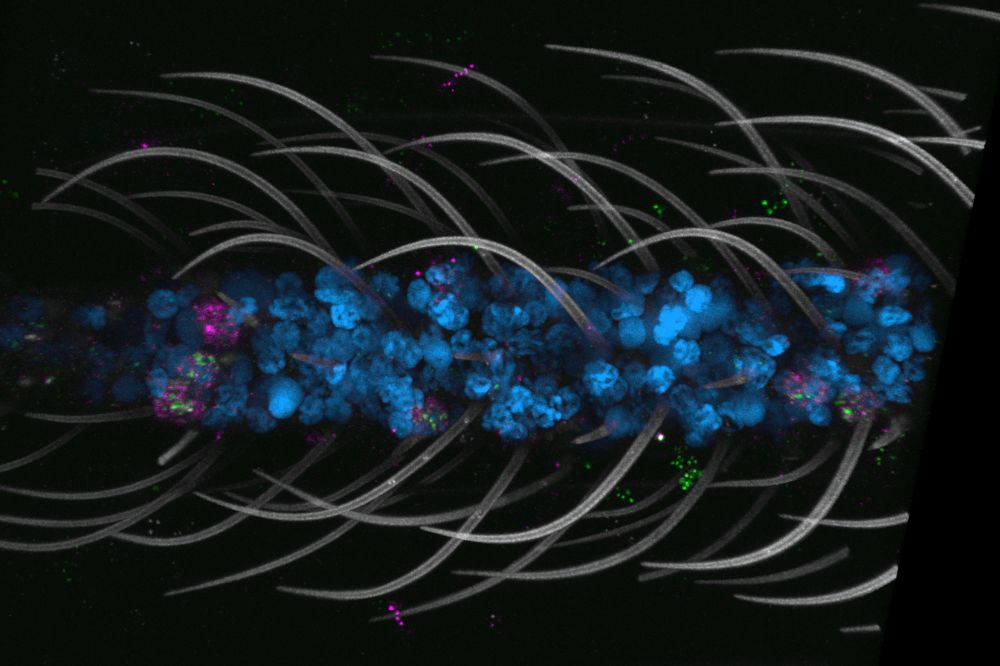
Confocal image of a male mosquito antenna, used to validate a unique chemoreceptor co-expression pattern identified in the mosquito atlas. (Credit: Alexandra DeFoe)
The most dangerous animal in the world just got easier to study—and…
This request seems a bit unusual, so we need to confirm that you’re human. Please press and hold the button until it turns completely green. Thank you for your cooperation!
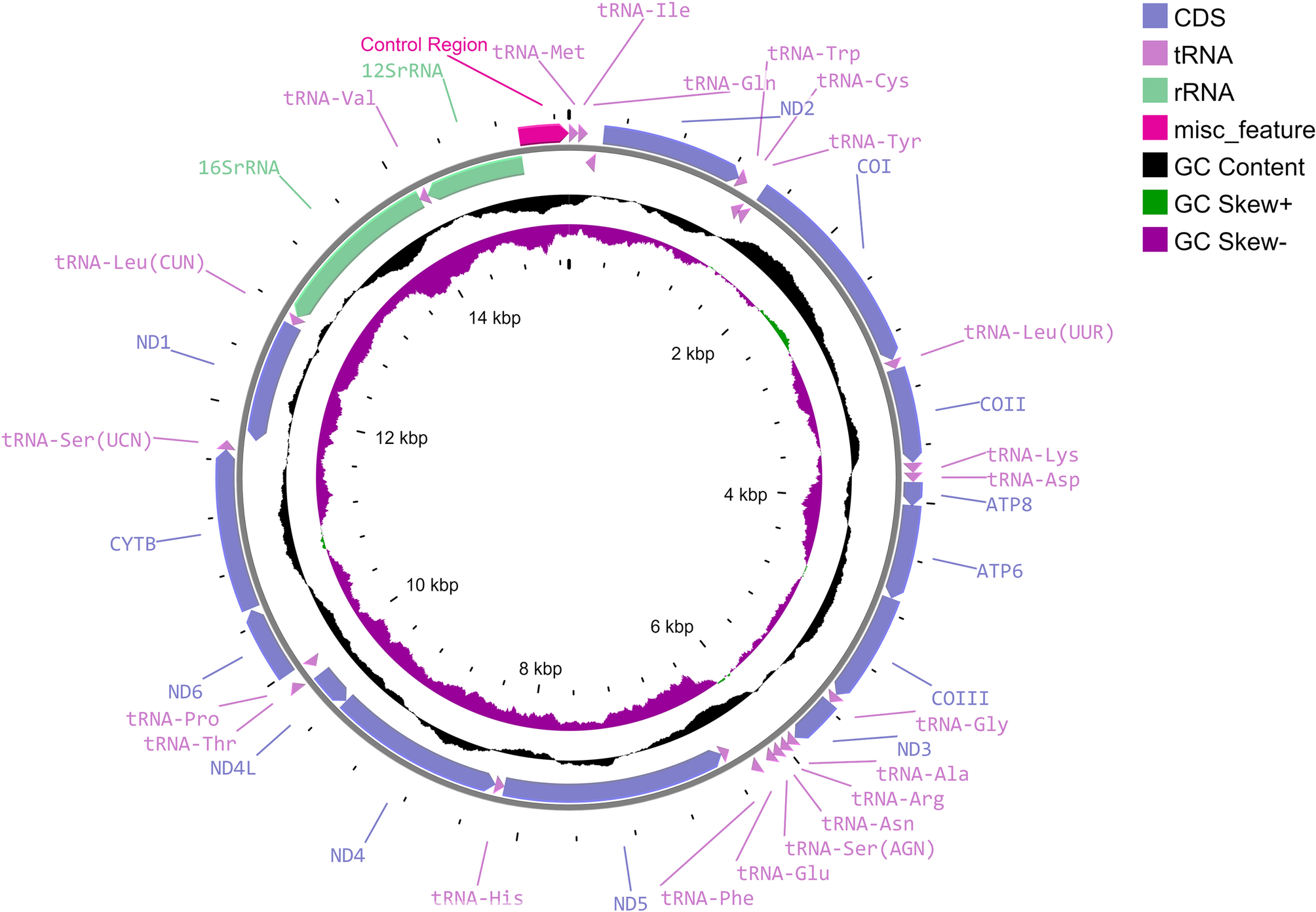
Lane N, Power. Sex, Suicide: Mitochondria and the Meaning of Life. 2nd edition. Oxford, UK: Oxford University Press; 2018.
Lang BF, Gray MW, Burger G. Mitochondrial genome evolution and the origin of eukaryotes. Annu Rev Genet. 1999;33:351–97.
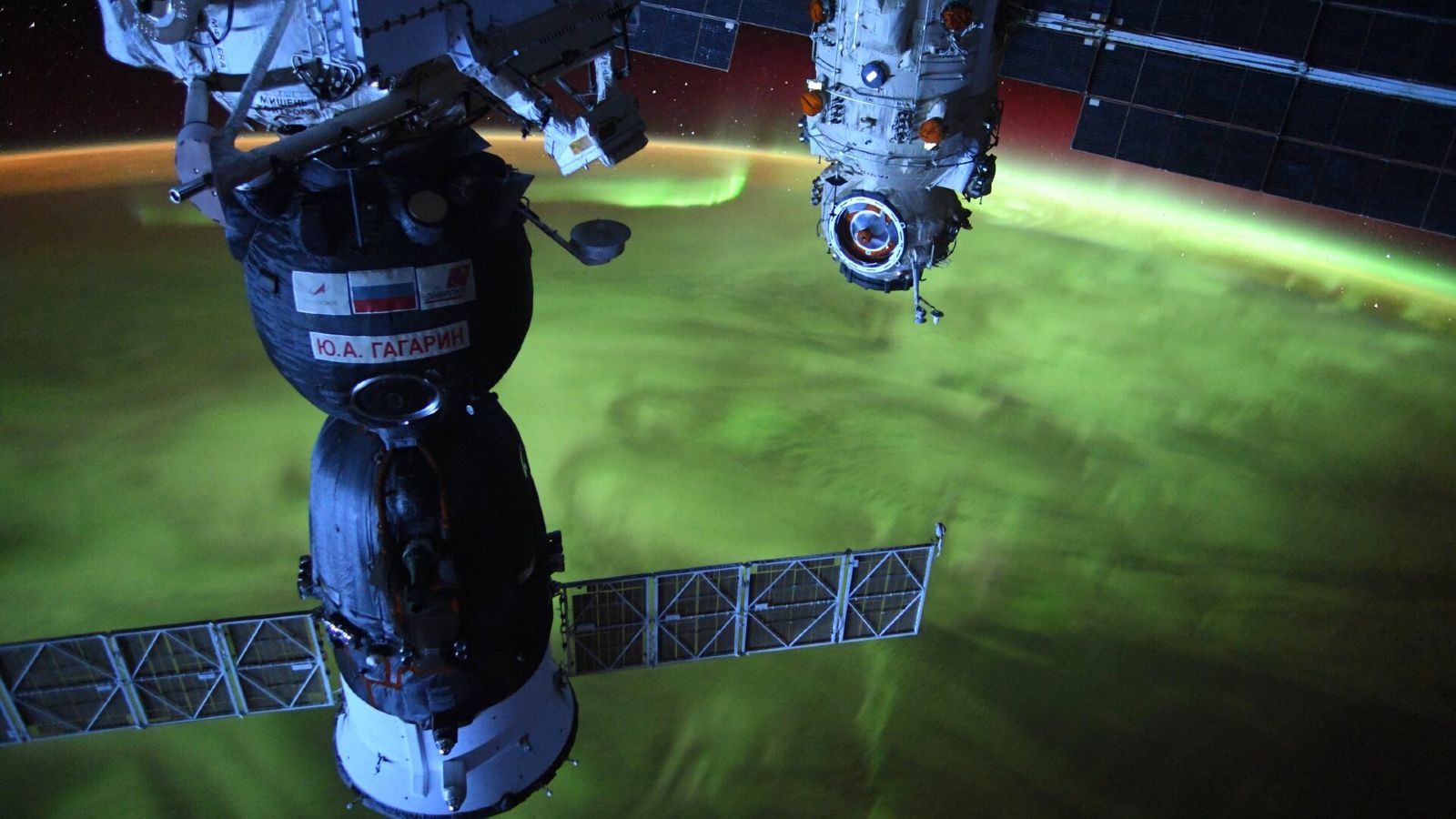
Worrying new simulations show that a solar storm on par with the infamous Carrington Event could potentially wipe out every single satellite orbiting our planet, leaving us in a precarious and expensive predicament. And experts say such a…

Dr.
Could computers ever learn more like humans…
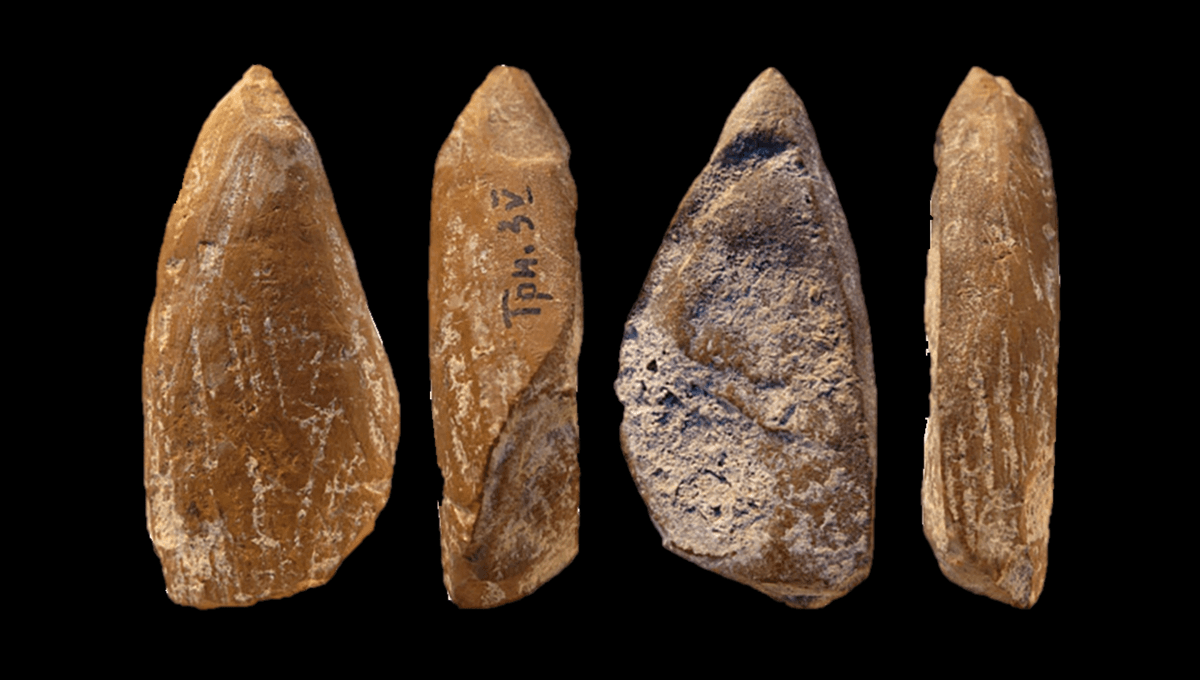
The creation of art has historically been thought of as a distinctly Homo sapiens behavior, but the recent discovery of a crayon-like piece of ocher that’s at least 42,000 years old adds to a growing body of evidence suggesting that our…

A 100-year-old idea about what props up the Himalayas is being replaced by a new model. It proposes that a rigid slice of mantle, wedged between Asian and Indian crust, helps hold up the Himalayas, also known as the roof of the world.
This view…

Terms
While we only use edited and approved content for Azthena
answers, it may on occasions provide incorrect responses.
Please confirm any data provided with the related suppliers or
…
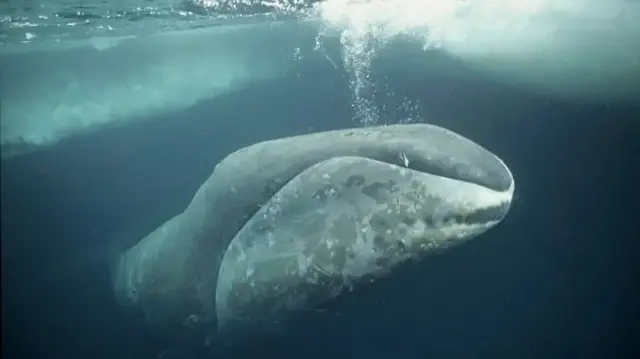
Scientists have identified a unique protein in bowhead whales that dramatically improves DNA repair, potentially unlocking secrets to extending human lifespan. Published in the journal Nature, the research reveals how the CIRPB protein, activated…